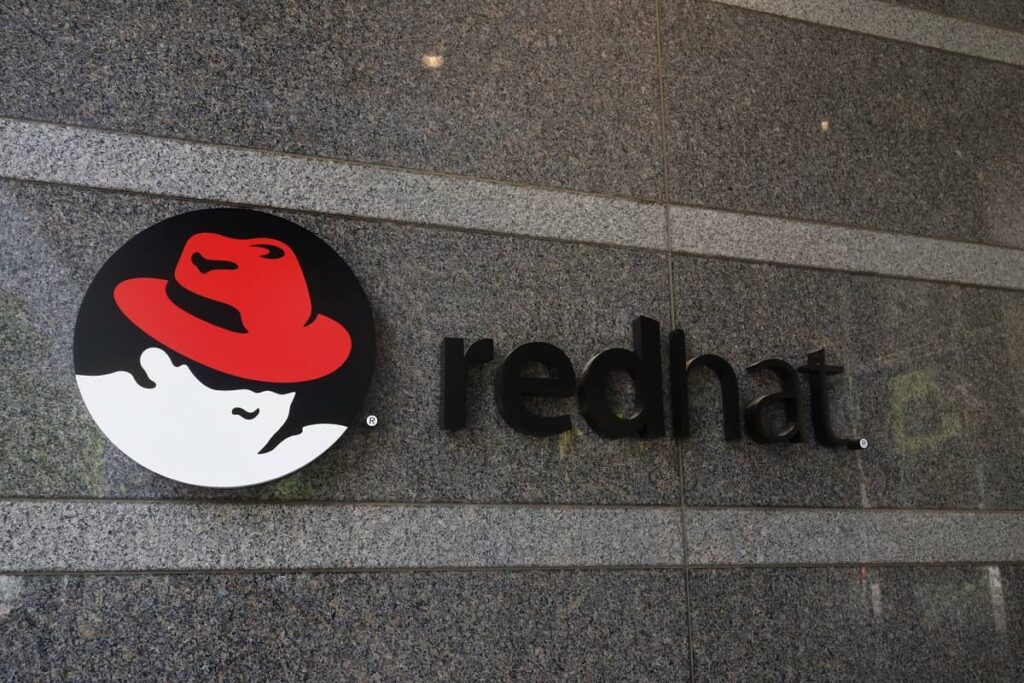By Christopher Saul, Territory Sales Lead for East Africa at Red Hat
Continued digital transformation (and disruption) is demanding more of Kenya’s IT capabilities than ever before. Organisations are having to reinvent themselves for the digital age, investing in all-new solutions or modernising legacy systems to meet the changing expectations of consumers, markets, and industries.
Therefore, it’s important to take it step by step. View systems as a whole rather than as the sum of several parts. To effectively modernise your enterprise’s IT infrastructure, you must first consider your approach and the tools you use to leverage the full potential of digital technologies like cloud computing and automation.
Here are the four steps Kenyan enterprises should take to build a solid IT foundation.
Align for consistency
IT environments are becoming increasingly complex, which is a growing challenge for organisations worldwide. It can impede success, especially where complexity is caused by incompatible systems and technologies.
Proprietary solutions can add to that complexity by requiring more time, attention, and resources to manage. Maintaining different and inconsistent platforms can hinder business growth, require more team training and support, and inflate budgets.
The key to consistency is a standard operating environment (SOE) in which an IT team or department can define what a standard build is. An SOE can help simplify and streamline many processes, including provisioning, deployment, and patching. SOEs are a lifeline as the virtualisation trend becomes more prevalent, and enterprises move towards large numbers of small standardised systems. Additional benefits include decreasing the potential for shadow IT (resources that are used without the required approval or oversight), and better managing license use and subscription agreement compliance.
Modernise your software
Once an enterprise has established an SOE, the next step is addressing the software you use. When broken down into specific functions, the opportunities that come with modern software become more apparent. Some of the benefits associated with common types of enterprise software include:
- Operating system (OS): The bedrock of any architecture, opting for an enterprise-grade OS can be very cost-effective and offers support for both new and existing development projects.
- Management tools: Enterprises need a way to comprehensively manage their assets across their entire infrastructure. Using a centralised platform, they can better control and oversee assets without segmenting or compartmentalising their management processes (that is, you don’t need separate teams to keep an eye on separate parts).
- Development platforms: When armed with the right OS, virtualised environments can support applications both new and under development. Virtualisation is also important if enterprises are working to become cloud-native, developing applications that reside in the cloud from their inception.
- Legacy solutions: Modernising means chucking out the old and replacing it with the new. In this case, enterprises should replace legacy applications that were expensive to purchase and are expensive to maintain.
Lay a foundation for cloud
Cloud computing and microservices represent the most significant and consequential evolution of enterprise IT in recent history. It’s why, in 2022, many organisations in Kenya increased their spending on cloud services, backed by an increase in the number of data centres and locally available cloud platforms.
Even if migration is a slow and gradual process, an optimised cloud environment enables enterprises to augment and even replace traditional IT infrastructure without incurring downtime. A multi-cloud environment, made up of on-site, public, and private resources, is a recipe for effective digital transformation and can deliver the speed, agility, and efficiency that businesses need to compete in a globally connected, digital economy.
A strong foundation for the cloud also allows for scalability, a critical element of any enterprise IT infrastructure. Enterprises can add functionalities and services as needed – anything from computing and storage to networking. And when it comes to the skills and expertise needed for cloud computing, Kenya is already making headway in training and equipping next-generation professionals for a cloud-first future. Combined with the availability of trusted cloud providers and technology vendors, enterprises shouldn’t have to worry about migrating to the cloud.
Migrate where it makes sense
Just because everyone is talking about the cloud doesn’t mean you need to move everything there at the same time. Modernising your IT infrastructure is a perpetual process that involves adopting new solutions that not only offer the most business value, but also meet the current needs of the business.
There are commonalities when it comes to cloud migration, such as an OS, virtualisation, and containerisation. A subscription-based, open-source OS can reduce costs, improve enterprises’ productivity, and contribute to the standardisation of their environments. Meanwhile, they can use modern applications and container platforms to run virtual machines in containers across an integrated hybrid cloud environment, securely and at speed, building, deploying, and operating applications.
Like migrating to the cloud, modernising your enterprise IT doesn’t happen overnight. It is a continuous process that demands innovative thinking and for organisations to have the right expertise and solutions at hand. Technology partners are there to help take enterprises into the future and determine enterprise needs. And with the right approach, IT infrastructure can be the textbook definition of performance, efficiency, and longevity.

